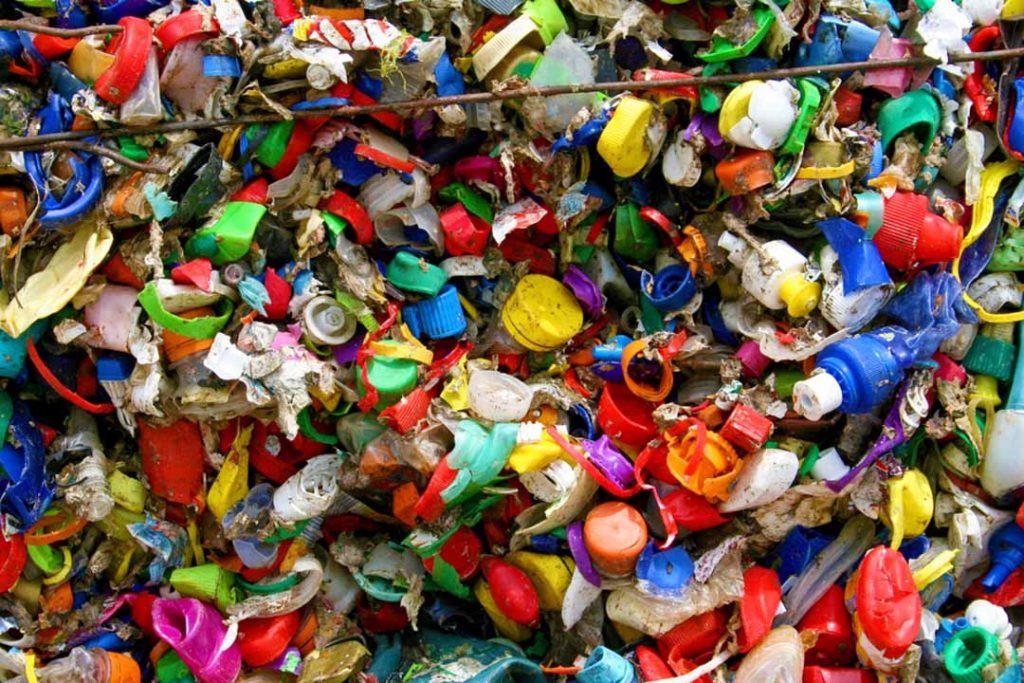
A Eunomia report commissioned by the Alliance to End Plastic Waste aimed to set requirements for pyrolysis feedstock. | paul prescott/Shutterstock
Two recently released reports investigated the benefits of chemical recycling and dug into setting feedstock requirements for pyrolysis.
In one report, commissioned by the American Chemistry Council, researchers from the City College of New York suggested that chemical recycling could help avoid climate impacts, reduce demand for energy resources and expand the circular economy.
The terms “chemical recycling” and “advanced recycling” generally refer to a wide array of processes that use heat, pressure and solvents to break down the molecular chains of polymers into liquids or gasses that can then be processed into fuels, oils, waxes, new plastics or other chemical products.
Using 13 up-to-date life cycle assessments, the authors of the report found that chemical recycling technologies can produce plastic and chemical products with “a reduced global warming potential compared to products made from virgin resources,” a press release stated, and can also reduce the need for fossil energy resources by up to 97% compared to landfilling.
Chemical recycling can also reduce CO2-equivalent emissions by more than 100% compared to typical end-of-life processes, the report noted, “when accounting for displaced demand for chemical products and energy.”
Author Marco Castaldi, professor of chemical engineering and director of the college’s Earth Engineering Center (EEC), said that as “advanced recycling becomes increasingly efficient, it is poised to play a major role in achieving global sustainability goals.”
A Eunomia report commissioned by the Alliance to End Plastic Waste aimed to set requirements for pyrolysis feedstock. It outlined nine requirements that came from interviews with 32 companies and organizations in Asia, North America and Europe. Pyrolysis is chemical recycling using high heat.
The requirements include using clean, well-sorted feedstock made up of about 85% PE and PP, with moisture limits of around 7% and no more than 15% contaminants. There’s also a need for better collection and sorting systems.
A press release noted that the Eunomia white paper “aims to provide clarity on feedstock requirements and propose model specification guidelines that can be used to enable greater alignment across the recycling value chain.”
Martyn Tickner, chief advisor of the Technical Solutions Centre at the Alliance to End Plastic Waste, pointed out that improving knowledge of feedstock requirements “can help progress the industry’s understanding of how chemical recycling and mechanical recycling can work alongside each other.”
Sarah Edwards, director of Eunomia, noted that the pyrolysis specifications laid out simply serve as a guideline, and while the review focused on pyrolysis, there are other chemical recycling technologies available.
“As policy helps drive up recycling rate targets, understanding the specification of plastics that can be managed through other advanced recycling will be critical for sorters as well as mechanical recyclers,” Edwards said.
More stories about chemical recycling
- EPA withdraws proposed rules aimed at chemical recycling
- Groups add nuance to policy position on chemical recycling
- Texas plant in limbo after Eastman loses DOE grant